The best (and worst) Asian Formula 1 venues
The first Vietnam Grand Prix should have been and gone by now. Instead, scheduled for this Sunday just past, the race is one of many disappointing sporting postponements caused by the global coronavirus pandemic. But is it really a postponement or a cancellation? That’s impossible to call right now, until there’s some clarity on a return to ‘normality’ – whatever that will look like.

This new race on the Formula 1 calendar carried extra significance for Liberty Media, F1’s rights holder. Since the media giant ripped F1 from the grasp of Bernie Ecclestone in 2017, it has strived to stamp its mark on the calendar, and in contrast to the long-proposed (and still not confirmed) Miami Grand Prix, this race was signed, sealed and all set to be delivered – which is probably why F1’s go-to circuit designer Hermann Tilke said this postponement particularly “hurts”.
Clearly, a GP will happen at the Hanoi Circuit at some point, either this year or next, and when it does, it will become the latest addition to F1’s list of Asian venues. Wind back 40 years to the 1970s and F1’s global calendar expansion was largely centred around South America, with both Argentina and more significantly Brazil becoming regular fixtures. Then in 1976 F1 also visited Japan for the first time, with a grand prix at Fuji that would go down in history for the famous James Hunt vs. Niki Lauda title decider. But it’s only been in the Ecclestone era that other regions of Asia have been explored. Let’s take a look at the races that stuck – and those that didn’t.

Sebastian Vettel having just won his fourth Formula 1 Drivers' Championship. He wasn't supposed to stop and do doughnuts on the pit straight, let alone get out of his car, but he did both anyway...
Buddh International Circuit, India (2011-13)
Asian expansion does make sense when you consider the untapped potential in countries of rapid economic growth. That’s why the addition of India, a growing global power of significant might, was widely welcomed in 2011.
The ‘Tilke-drome’ was a decent effort, generally getting a thumbs up from most drivers because it was fast and challenging. For the visiting circus, however, the clash between western wealth and all too obvious local poverty was deeply uncomfortable.
That’s why when contractual, political and tax issues forced India off the calendar after just three years, few in F1 shed a tear – although Sebastian Vettel could have been forgiven a few. The German won all three Indian GPs during his glory days with Red Bull. In the past week, the Buddh circuit has returned to the headlines as a makeshift quarantine facility for local authorities combating the spread of the coronavirus.

Sebastian Vettel leads Lewis Hamilton away at the start of the 2013 Korean Grand Prix.
Korea International Circuit, South Korea (2010-13)
Of all the economic boom regions in Asia, South Korea is among the most westernised, so from that point of view an F1 race made sense – even if the country had next to zero relevance in terms of an established racing culture.
The circuit’s birth was not without complications, given that it was mostly a privately funded exercise – and the extortionate fees Ecclestone demanded would eventually prove the Korean GP’s downfall. Situated in the Yeongam province, the track’s relatively remote location didn’t win favour with F1’s travellers and the circuit itself was far from Tilke’s finest. Can you remember any landmarks or great corners? Thought not…
The race went one better than India’s by lasting for four years. The first was won by Ferrari’s Fernando Alonso on a day when Mark Webber dented his serious world championship hopes by crashing out in 2010, and the following three were all claimed by that man Vettel. Since then, there has been some talk of a Korean GP revival, but it doesn’t look likely.
Marina Bay Circuit, Singapore (2008-present)
This one stuck. The harbour state, once considered a colonial gateway to the east, has long thrived on its reputation for exotic elegance and was immediately recognised as a perfect F1 fit. It’s only a wonder it took Ecclestone until 2008 to lever Singapore into the schedule.
As street circuits go, the track has enough signature features to make it memorable – and the city also pioneered the night-race concept that has become its key characteristic. Given the stifling heat this close to the equator (even at night), the nocturnal timetable also has a practical purpose beyond its stunning aesthetic benefits.
In terms of results, Vettel is again the main man having won the Singapore GP five times, once more than Lewis Hamilton. The race is surely the prime Asian example that Vietnam’s promoters will wish to follow.
Sepang International Circuit, Malaysia (1999-2017)
The track that paved the way for F1’s eastern migration. Sepang, visible from Kuala Lumpur’s airport, wasn’t exactly popular with purists when it first hosted F1 in 1999, but over the years Tilke’s design – made up of mostly sweeping high-speed bends connected by long, wide straights – came to be considered as something of a modern classic. When it was dropped three years ago, the regret voiced by many was genuine and sincere. It would be great to see it return one day.
Shanghai International Circuit, China (2004-present)
A fug of pollution doesn’t exactly help this circuit’s appeal, but its monumental pits, paddock and ‘wing’ structure that spans across the track set new standards of F1 excess when the track first hosted the Chinese Grand Prix in 2004.
More than anywhere, the global superpower made absolute sense for F1 from an economic point of view – and what else matters beyond that? It’s not a pleasant place to visit, but the circuit has a signature kilometre-long straight and a novel, ever-tightening first corner that has inspired some good racing over the years. Shanghai was among the first event casualties of the coronavirus in recent weeks, given the pandemic’s origin in China.
Baku City Circuit, Azerbaijan (2016-present)
Europe or Asia? Officially the former given its race was first labelled the European Grand Prix. But given the amount of time it takes to get there, most F1 travellers would claim it’s counted as the latter.
Oil-rich Azerbaijan is an archetype of the Ecclestone-era grand prix venue. Uncomfortable human rights records don’t count for a great deal in F1 and Baku has been fully embraced in the past five years. Never won by the same driver twice, the characterful street race also has a tendency to throw up incidents and surprises.
So will Vietnam join Baku, Shanghai and Singapore as an Asian F1 staple, or end up as a flash-in-the-pan footnote like Korea and India? We can’t know that right now. But starved of sporting distraction and given the state we’re all in, getting the race to happen just once would be a fantastic and most welcome start.
Images courtesy of Motorsport Images.
Formula 1
Chinese Grand Prix
Vietnamese Grand Prix
Baku Grand Prix
Korean Grand Prix
Singapore Grand Prix
Sebastian Vettel
Lewis Hamilton
Nico Rosberg
Mark Webber






